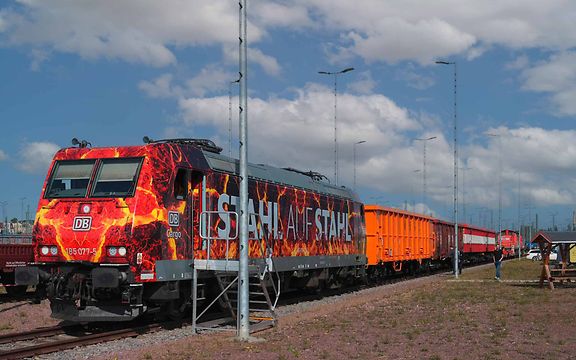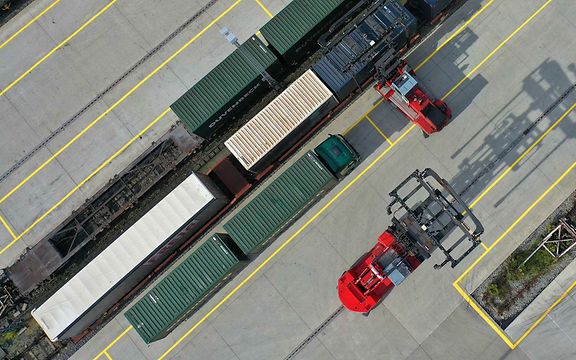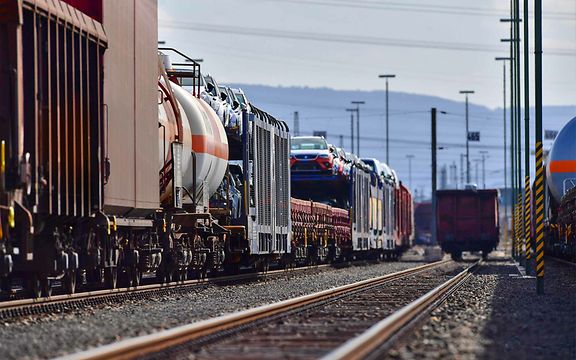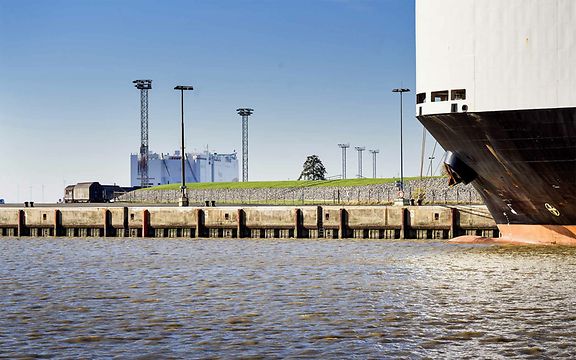Rail gets it done: steel transhipment in the port of Antwerp
DB Cargo encourages steel imports and exports
Steel is produced in many different qualities and used across the globe. Coils, beams, pipes, bars and slabs – steel comes in heavy part loads and must often be transported uncontainerised as a result. One of the world’s largest hubs for the global steel trade is the port of Antwerp. Just under 7 million tonnes of metal were transhipped there in 2020. The port is used to ship a significant portion of the steel which is produced by European steel foundries and bound for export. At the same time, Antwerp serves as the gateway to Europe for steel companies from overseas. That is because the port is not only located relatively far from the coast, but is also a trimodal transhipment point: freight enters and leaves the port by ship, lorry and train.
For several years now, DB Cargo has been focussing on its strengths in the port of Antwerp through its subsidiary DB Cargo Belgium. The company now offers its steel customers a proprietary service at six breakbulk terminals – with more to come. Antwerp has a total of 15 terminals which are suitable for breakbulk cargo.
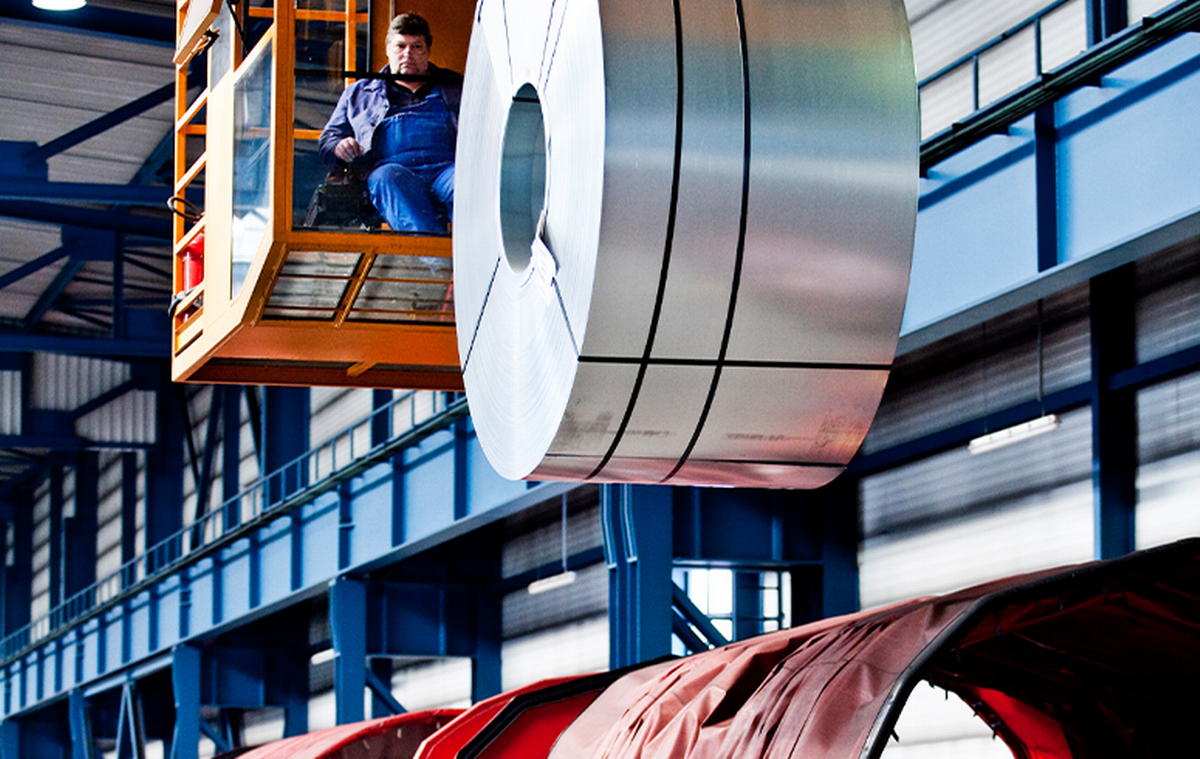
The sensitive steel coils are transported in special shimmns wagons.Source: DB Cargo AG
High level of service quality and short transit times
DB Cargo aims to provide a one-stop service for steel companies and freight forwarders from port to destination and integrate consignments into the company’s strong single-wagon network. To this end, a direct, high-frequency connection has been created which runs to the major transport hub at Cologne-Gremberg. Shipments are sent on from there to other parts of Germany and the rest of Europe. “In this way, we’ll achieve a consistently high level of service quality, solid transit times and an attractive position in a highly competitive pricing environment,” says Thomas Grein, Project Manager for Multimodal Logistics at DB Cargo. “This option will appeal to all customers who want their goods transported faster than ships can manage and those who don’t have their own waterway access point. Of course, it will also appeal to anyone who wants to ship their goods sustainably and reduce CO₂ emissions while relying on our large yet stable load capacity.”
Reducing CO₂ emissions
The issue of climate protection in particular is growing in importance, which is why DB Cargo is making preparations to ensure the larger quantities of steel anticipated in future can reach their destination quickly and reliably by rail – capacity is being expanded systematically. Customers will reap the benefits in two ways, because, at the enormous Antwerp port, strong partners are powerful advocates for the interests of their customers.
